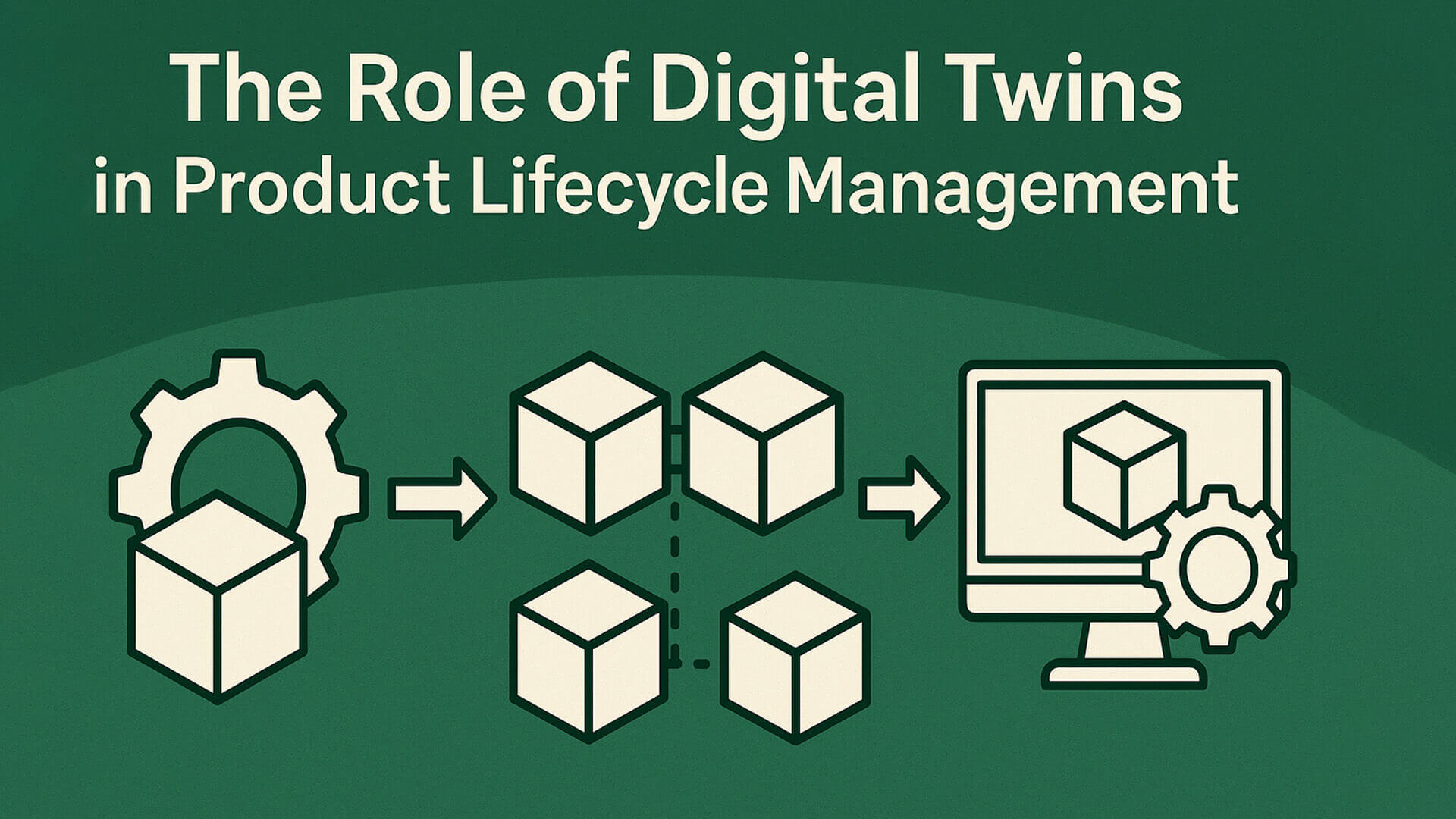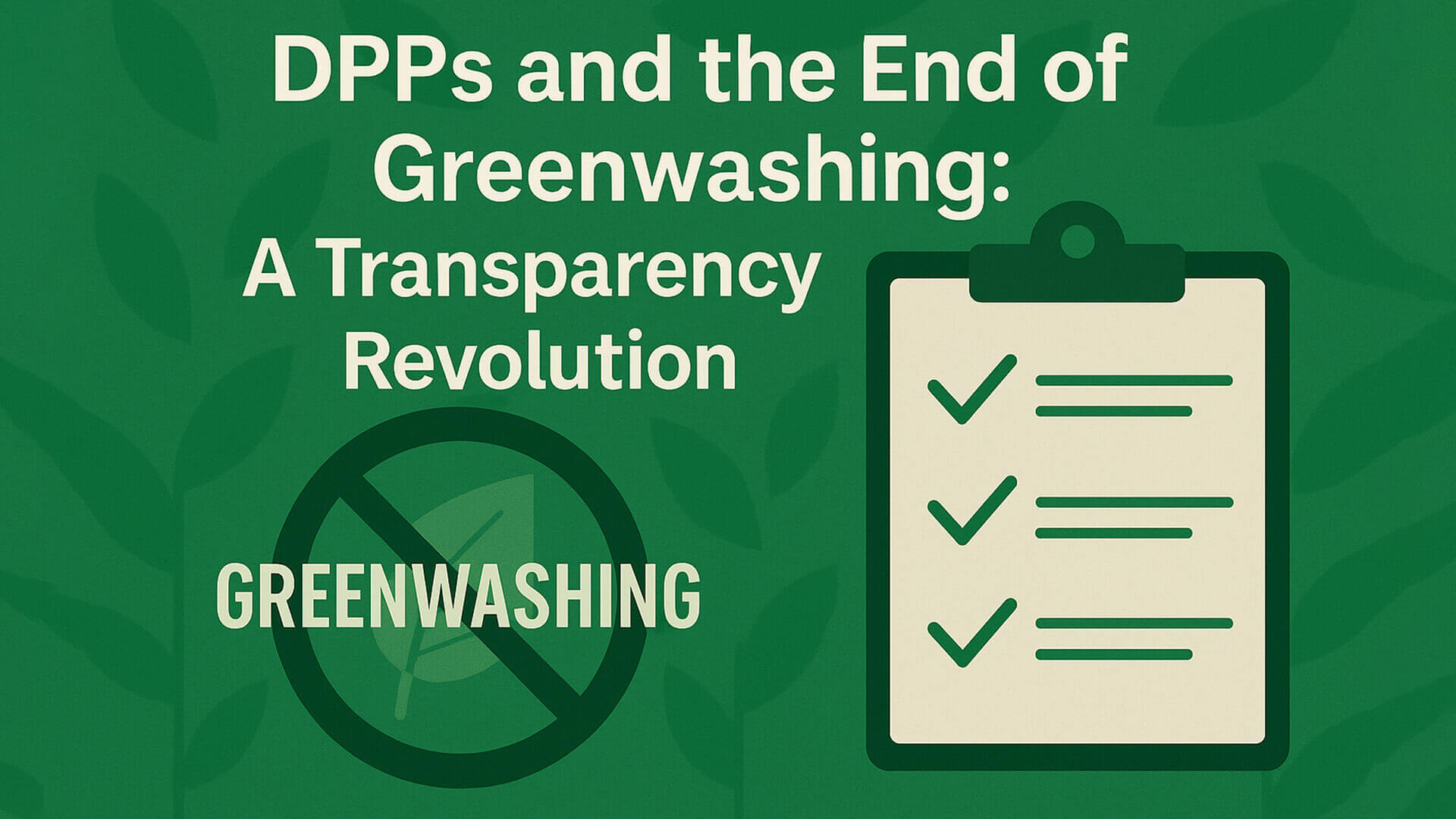- info@greenthreadsdpp.com
- Southampton, United Kingdom
What is a Digital Product Passport and Why Do You Need One?

In today's rapidly evolving market, sustainability and transparency are no longer optional; they are essential for businesses aiming to thrive. The Digital Product Passport (DPP) has emerged as a powerful tool for brands looking to communicate their sustainability efforts effectively. But what exactly is a Digital Product Passport, and why should your business consider adopting one? This comprehensive guide will delve into the nuances of DPPs, their benefits, and how they can impact your business's long-term success.
What is a Digital Product Passport?
A Digital Product Passport (DPP) is a digital record that contains vital information about a product throughout its lifecycle. This information can include details such as the materials used, production processes, environmental impact, compliance with regulations, and instructions for recycling or disposal. Essentially, a DPP acts as a comprehensive database that stakeholders can access to understand a product's sustainability credentials.
Key Components of a Digital Product Passport
- Material Composition: Detailed information on the materials used in the product.
- Production Methods: Insights into the manufacturing processes, including energy consumption and waste management.
- Environmental Impact: Data related to the product’s carbon footprint and ecological impact.
- Compliance Information: Records of adherence to local and international regulations.
- End-of-Life Instructions: Guidance on how to recycle or dispose of the product responsibly.
The Importance of a Digital Product Passport
1. Enhancing Transparency
Consumers today demand transparency from brands regarding their sustainability practices. A DPP allows businesses to provide clear, accessible information about their products, helping to build trust with customers. When consumers know the environmental impact of a product, they can make informed purchasing decisions that align with their values.
2. Facilitating Compliance
With increasing regulations surrounding sustainability and environmental impact, having a DPP can simplify compliance. Businesses can easily demonstrate adherence to relevant laws and standards, reducing the risk of penalties and enhancing their reputation as responsible corporate citizens.
3. Driving Sustainability Initiatives
A DPP helps businesses identify areas for improvement within their production and supply chain processes. By understanding the materials and methods used, companies can make more sustainable choices, reduce waste, and lower their carbon footprint.
4. Supporting Circular Economy Principles
The DPP aligns with the principles of the circular economy by promoting the reuse and recycling of products. By providing detailed end-of-life instructions and material compositions, businesses can encourage consumers to recycle products properly, contributing to a more sustainable system.
5. Boosting Competitive Advantage
As sustainability becomes a differentiating factor in consumer choices, businesses that adopt DPPs can stand out in a crowded market. By showcasing their commitment to transparency and sustainability, brands can attract environmentally conscious consumers and foster loyalty.
How to Implement a Digital Product Passport
1. Assess Current Practices
Begin by evaluating your existing products and identifying which ones would benefit most from a DPP. Consider factors such as complexity, consumer demand for information, and compliance requirements.
2. Collaborate with Stakeholders
Engage with suppliers, manufacturers, and other stakeholders to gather the necessary data for your DPP. Collaboration is crucial to ensure that all relevant information is accurately captured.
3. Choose the Right Technology
Select a digital platform that can host your DPPs. This may involve using blockchain technology for enhanced security and traceability or developing a proprietary software solution tailored to your business needs.
4. Create Informative Content
Once the platform is established, create clear and informative content for your DPPs. Use language that is accessible to your target audience, avoiding overly technical jargon.
5. Promote Your DPP
Finally, promote your DPPs through your marketing channels. Highlight the benefits of transparency and sustainability to resonate with consumers and build your brand’s reputation.
Case Studies: Success Stories of DPP Implementation
1. Brand A: Transforming Supply Chains
Brand A implemented DPPs across its product range, leading to a significant reduction in material waste. By providing detailed information on recycling processes, the brand enhanced consumer engagement and loyalty.
2. Brand B: Navigating Compliance
Brand B faced challenges with compliance regulations. By adopting DPPs, the company streamlined its reporting processes, ensuring full compliance with local laws and enhancing its credibility in the market.
Challenges in Implementing a Digital Product Passport
While the benefits of a DPP are clear, implementing one can pose challenges. Some potential obstacles include:
- Data Collection: Gathering accurate data from multiple sources can be time-consuming and complex.
- Technology Costs: Developing or purchasing a platform to host DPPs can require significant investment.
- Stakeholder Buy-in: Ensuring all parties involved understand the importance of the DPP and are committed to providing accurate information is crucial.
The Future of Digital Product Passports
As consumer expectations and regulatory demands continue to evolve, the role of DPPs in business practices is expected to expand. Innovations in technology, such as artificial intelligence and blockchain, will further enhance the capabilities of DPPs, making them an essential component of sustainable business strategies.
Conclusion
The Digital Product Passport represents a significant opportunity for businesses to enhance transparency, facilitate compliance, and drive sustainability initiatives. By adopting a DPP, companies can not only meet consumer demands but also position themselves as leaders in their industry. Embracing this innovative tool is not just a trend; it’s a critical step towards a sustainable future.





